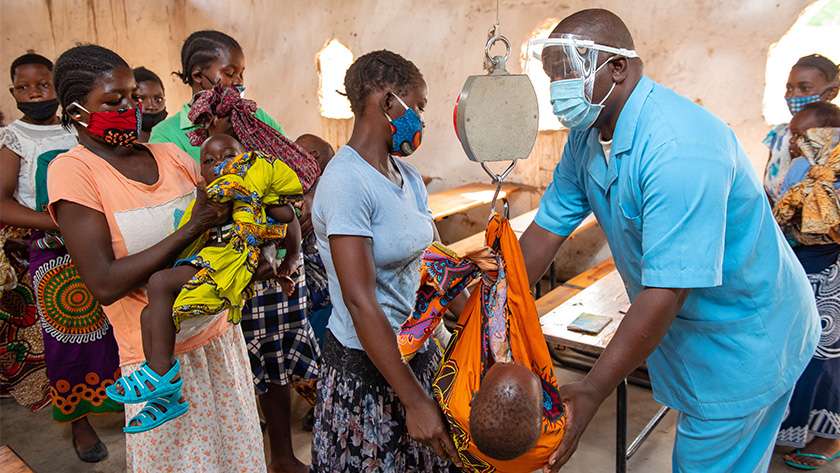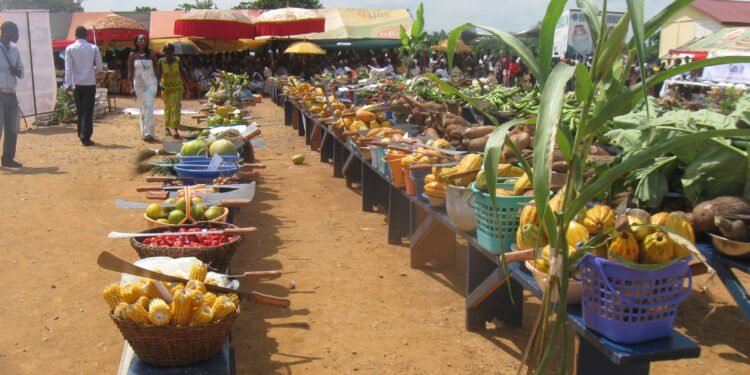A serious shortage of health workers in Africa is undermining access to and provision of health services even though countries in the region have made efforts to bolster the workforce, a new World Health Organization (WHO) study revealed.
The study titled ‘The health workforce status in the WHO African Region: findings of a cross-sectional study’ surveyed 47 African countries and was published this week in the British Medical Journal Global Health.
The study found that the region has a ratio of 1.55 health workers (physicians, nurses and midwives) per 1000 people. This is below the WHO threshold density of 4.45 health workers per 1000 people needed to deliver essential health services and achieve universal health coverage.
Only four countries (Mauritius, Namibia, Seychelles and South Africa) have surpassed the WHO health worker-to-population ratio.
The region’s health workforce is also unevenly distributed by country, ranging from 0.25 health workers per 1000 people in Niger (the region’s lowest) to 9.15 health workers per 1000 people in the Seychelles – the highest in the region.
There were approximately 3.6 million health workers in the 47 countries surveyed as of 2018. Thirty-seven percent of them are nurses and midwives, 9% are medical doctors, 10% laboratory personnel, 14% are community health workers, 14% are other health workers, and 12% are administrative and support staff.
Africa’s long-standing health worker shortage
Africa’s long-standing health worker shortage stems from several factors, including inadequate training capacity, rapid population growth, international migration, weak governance of the health workforce, career changes as well as poor retention of health personnel.
It is projected that the shortage of health workers in Africa will reach 6.1 million by 2030, a 45% increase from 2013, the last time projections were estimated.
“The severe shortage of health workers in Africa has daunting implications. Without adequate and well-trained workforce, tackling challenges such as maternal and infant mortality, infectious diseases, noncommunicable illnesses and providing essential basic services like vaccination remains an uphill battle”.
Dr Matshidiso Moeti, WHO Regional Director for Africa
Globally, the Western Pacific region— Australia, China, Japan and Malaysia—had the highest number of doctors at 4.1 million, and 7.6 million nurses in 2020, a report on human resource for health by the WHO Director-General to the 2022 World Health Assembly showed.
The European region had 3.4 million medical doctors and 7.4 million nurses. Comparatively, the African region had around 300 000 doctors and 1.2 million nurses.
To reinforce Africa’s health system, it is critical to address the persistent shortages and poor distribution of the health workforce, the WHO stated.
Countries need to significantly increase investments for building the health workforce to meet their current and future needs. Strong measures are also needed to boost training and recruitment of health workers as well as to improve their deployment and retention.
Several African countries have made progress to plug the deficit, however, the WHO study published this week acknowledged that resolving the health workforce shortages remain difficult due to the complexity and the scope of the issue.























